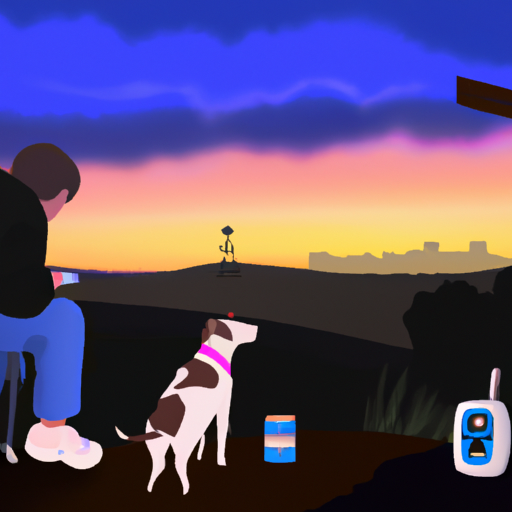As a caregiver, making decisions based around the health of your beloved pet can be emotionally challenging. It’s hard to know when the right time is to let go, especially when dealing with a chronic condition like diabetes. This guide aims to provide a compassionate and comprehensive approach to understanding the journey of a diabetic dog and when it may be time to consider euthanasia.
Understanding Canine Diabetes
Understanding your dog’s condition is the first step towards making informed decisions. Diabetes in dogs is similar to human diabetes, and it involves a deficiency in insulin, a hormone regulating blood sugar levels. This leads to high blood sugar that can cause a variety of symptoms and complications.
- Symptoms can include excessive thirst, increased urination, weight loss despite increased appetite, lethargy, and recurrent infections.
- Possible complications involve cataracts, urinary tract infections, and ketoacidosis, a life-threatening condition.
Monitoring Your Dog’s Quality of Life
Monitoring your dog’s quality of life is crucial in determining when euthanasia may be the most humane option. A helpful tool is the HHHHHMM Scale, which stands for:
- Hurt
- Hunger
- Hydration
- Hygiene
- Happiness
- Mobility
- More Good Days Than Bad
Each category is scored on a scale of 0 to 10 (with 10 being the best possible condition). A total score below 35 suggests that euthanasia should be considered.
Recognizing Signs of Suffering
Your dog can’t tell you when they’re in pain, so it’s up to you to recognize the signs:
- Changes in behavior or mood
- Loss of appetite
- Difficulty moving or walking
- Loss of interest in activities they once enjoyed
Evaluating Treatment Options
Treatment for canine diabetes typically involves a combination of insulin therapy, diet modification, and regular check-ups. However, for some dogs, the treatment may not provide a significant improvement, or they may struggle with the side effects. In such cases, euthanasia may be a kinder choice.
Preparing for the Decision
It’s important to prepare emotionally for the decision to euthanize. Seek support from friends, family, or a mental health professional.
Also, consider the practical aspects:
- Scheduling: It’s often possible to schedule the procedure at home.
- Aftercare: Decide whether you want burial or cremation.
Having the Conversation with Your Vet
Open communication with your vet is crucial. They can provide medical advice and answer any questions. Don’t hesitate to discuss your fears or concerns, as they would help guide you through this difficult time.
Coping with Grief
Grief is a normal response to loss. Allow yourself time and space to mourn. Seek support from loved ones or pet loss support groups.
FAQ
Q: Can diabetes in dogs be cured?
A: Currently, there’s no cure for diabetes in dogs. It can be managed with appropriate treatment and lifestyle changes.
Q: How can I help my diabetic dog live comfortably?
A: Regular vet visits, a balanced diet, and consistent exercise are crucial for your dog’s well-being. Regular monitoring of blood sugar levels is also important.
Q: How long can a diabetic dog live?
A: With proper care and treatment, a diabetic dog can live for many years. However, this varies depending on the dog’s age, overall health, and how well the diabetes is managed.
Q: How will I know it’s time to euthanize my dog?
A: Look out for signs of suffering, a decrease in quality of life, and a lack of response to treatment. It’s a tough decision, but it’s essential to consider your dog’s well-being above all else.
Q: How can I cope with the loss of my pet?
A: Allow yourself to grieve, seek support from loved ones, consider joining a pet loss support group. Remember it’s okay to mourn, and it’s okay to seek help.
Remember, every dog is unique. What works for one may not work for another. Always consult with your vet and make decisions based on your dog’s individual needs and quality of life.



